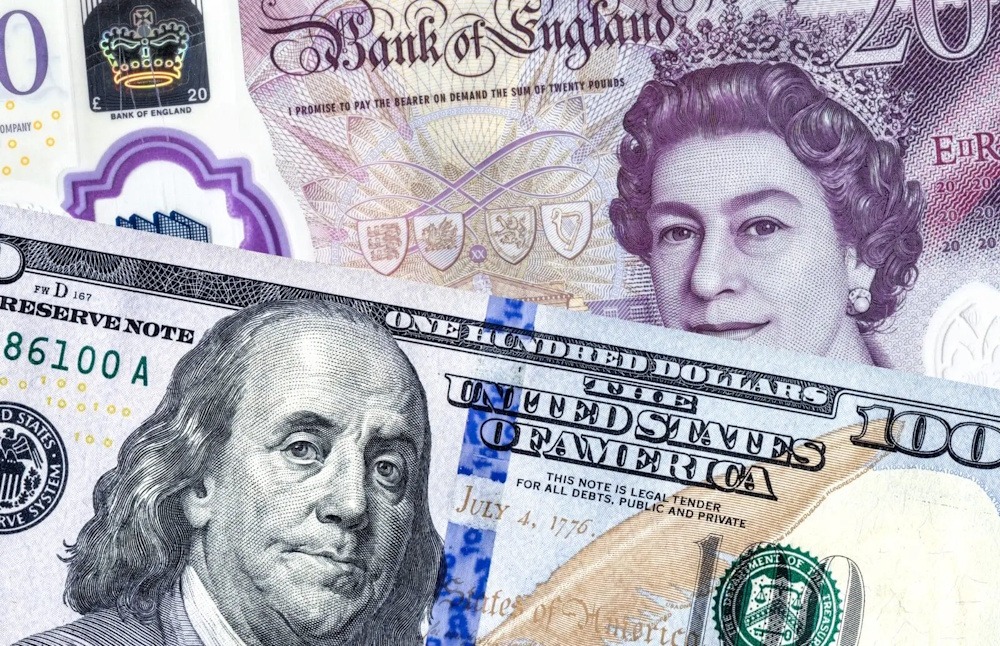
The pound experienced a decline on Wednesday following the release of British inflation data for September, which was lower than anticipated. Meanwhile, the U.S. dollar saw a minor decrease against the Japanese yen. On Wednesday, the British pound emerged as the weakest major currency, following an unexpected inflation rate that remained at 3.8%, falling short of the forecasts set by economists and the Bank of England. Sterling experienced a decline of up to 0.5% in relation to the dollar, with the last recorded value down 0.13% at 1.336. “When the BoE started sending hawkish signals recently, they had this out-of-consensus view that inflation would prove stronger than what markets or economists were expecting, and it’s not really proving to be the case at the moment,” said Francesco Pesole. Market participants are currently estimating a roughly 75% probability that the Bank will reduce interest rates by the end of the year, an increase from approximately 46% prior to the release of the data. “Overall, our economists interpret today’s data as delivering significant and authentic indications of softer inflation, and as increasing the likelihood that the BoE’s next rate cut may occur sooner than their February meeting base-case,” analysts stated.
The U.S. dollar was recently observed at a 0.04% decline, standing at 151.875 yen. On Tuesday, the yen reached a one-week low against the dollar, following reports indicating that new Prime Minister Sanae Takaichi is formulating an economic stimulus package expected to surpass last year’s 13.9 trillion yen ($92.19 billion) to assist households in addressing inflation. The yen has depreciated by 2.5% this month as Takaichi competed for the position of Japan’s prime minister, representing its largest monthly drop against the dollar since July. This decline is attributed to investor expectations of expansionary fiscal policy and a potentially strained relationship with Japan’s central bank, which are likely to exert pressure on the currency. “Takaichi’s initial remarks as prime minister indicate her intention to stabilize markets and avoid further weakening of the yen at this time,” stated Pesole. Takaichi, a proponent of flexible fiscal and monetary strategies, stated on Tuesday that the determination of monetary policy specifics rests with the Bank of Japan.
On Wednesday, newly appointed finance minister Satsuki Katayama emphasized the importance of coordination between the government and the Bank of Japan to ensure the effectiveness of economic and monetary policies. The Bank of Japan is set to reveal its most recent policy decision on October 30, with futures indicating a roughly 20% probability of a quarter-point increase to 0.75%. The dollar index, which assesses the dollar’s strength relative to a basket of six currencies, was last observed at 98.897, reflecting a decline of 0.08% following three consecutive days of increases. President Donald Trump on Tuesday dismissed a request from prominent Democratic lawmakers for a meeting until the ongoing three-week U.S. government shutdown concludes. The ongoing standoff adds complexity to the challenges confronting the Federal Reserve during its upcoming meeting on Oct. 29. However, the U.S. central bank is anticipated to reduce its key interest rate by 25 basis points next week and again in December, based on a Reuters poll of economists who are significantly divided on the outlook for rates by the end of next year.
According to data, Fed funds futures indicate a 97% likelihood of a 25-basis-point reduction in interest rates. The euro experienced a slight increase of 0.09%, reaching $1.16, following the postponement of a scheduled summit between Trump and Russian President Vladimir Putin, which occurred after Russia declined to agree to an immediate ceasefire in Ukraine. Investors continue to monitor global developments, including central bank policies, geopolitical tensions, and fiscal initiatives, which are impacting currency movements and market sentiment. The dollar, yen, euro, and pound all showed sensitivity to these factors, with market participants adjusting positions in response to economic reports, political events, and expectations for upcoming policy decisions. The market remains focused on key data releases and geopolitical developments, which are likely to influence interest rates, currency trends, and broader financial market activity in the coming days.
